Copper Connectivity
Copper connectivity is the process of creating and maintaining network connections using copper cables and components. Because of their exceptional electrical conductivity and flexibility, copper cables—such as coaxial and twisted pair cables—are frequently utilized in a variety of networking settings.

FACE PLATE & BACK BOX
Electrical installations require face plates and back boxes because they offer both practical protection and visual appeal. Whether used in a home, business, or industrial setting, these parts guarantee secure and effective electrical connections while keeping a neat and polished look.
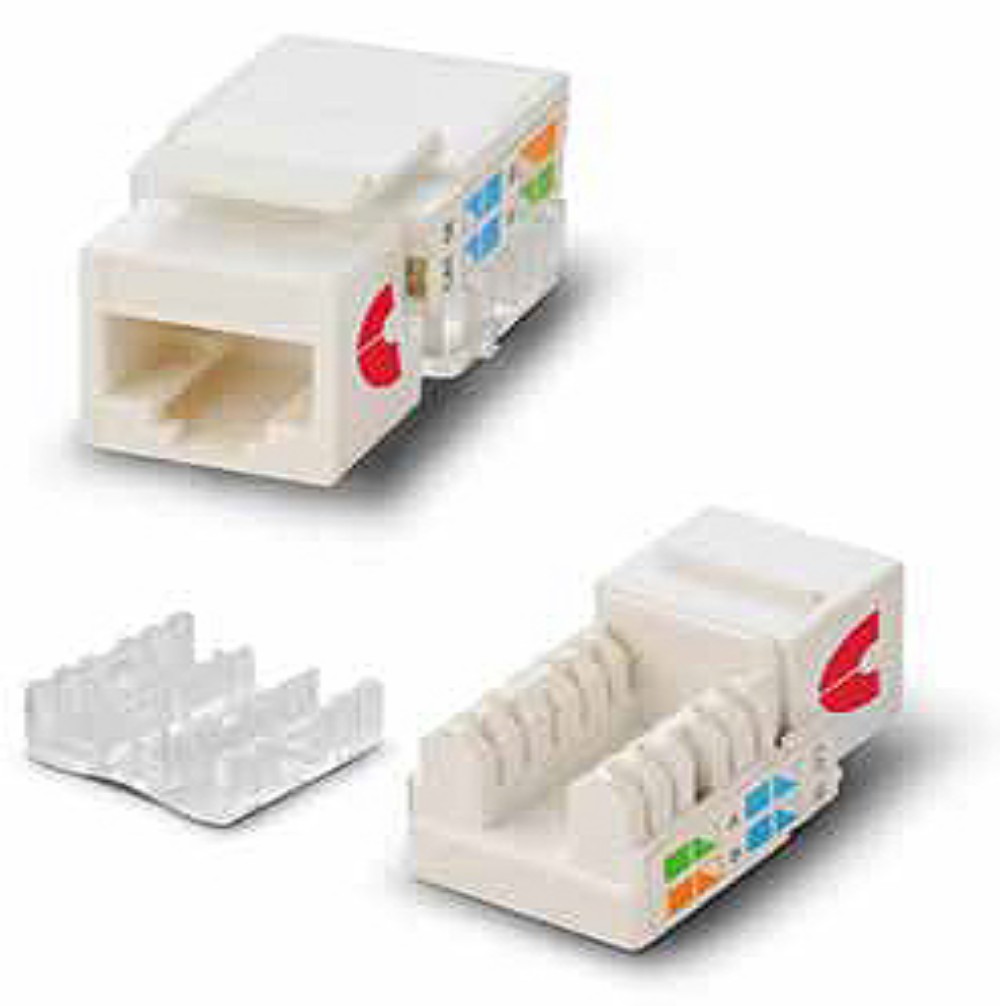
90 DEGREE MODULE
For a variety of applications, 90-degree modules provide adaptable and effective solutions. They are great option for small and powerful installations because of their distinctive design, which maximizes performance and uses the available space.
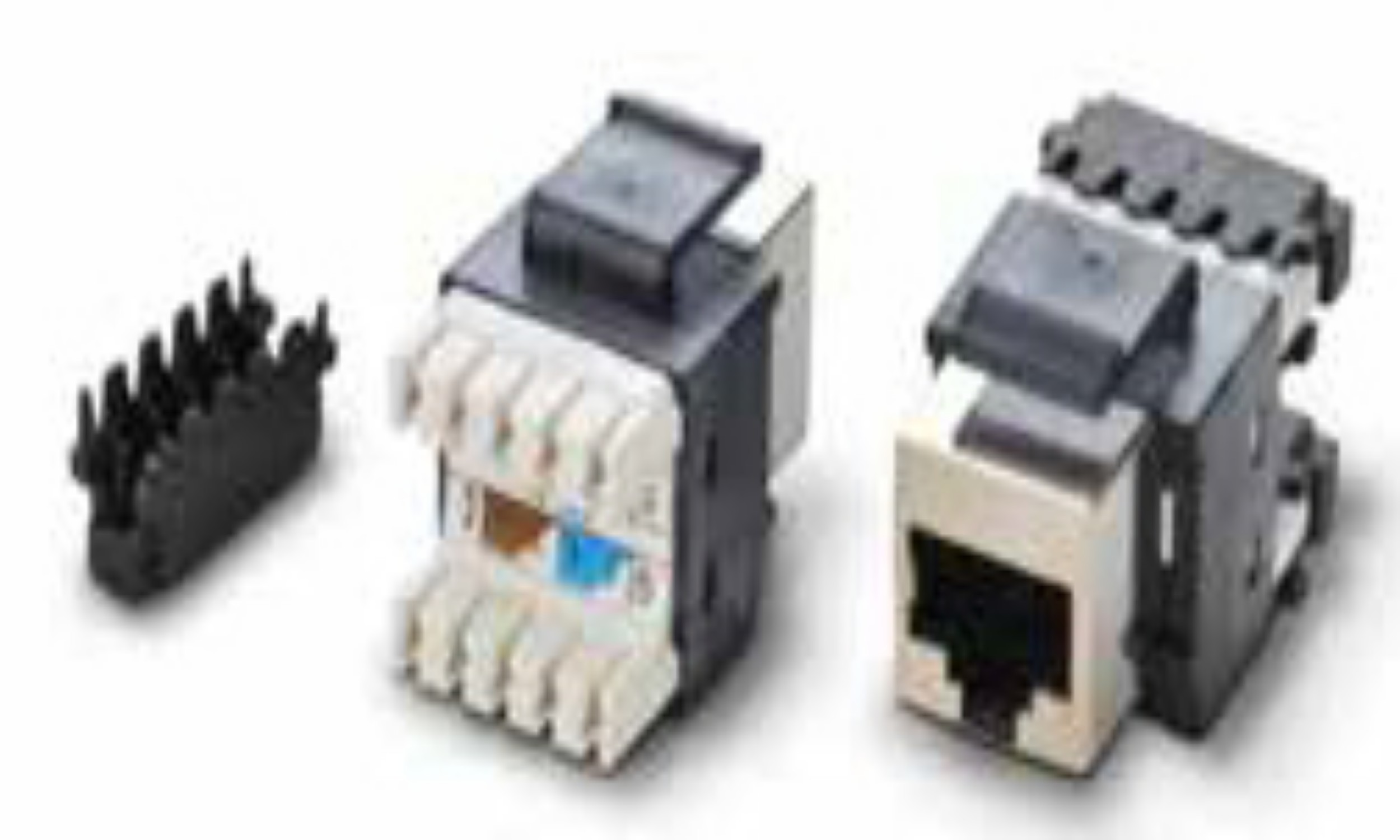
180 DEGREE MODULE
The term "180-degree modules" describes adapters and connectors that enable straight, inline connections between wires or parts. These modules are made to make connections simple and effective, resulting in little signal loss and peak performance.

SHIELDED MODULE
Shielded modules protect its internal components from external EMI and RFI by enclosing them in a layer of conductive material, usually metal. This shielding ensures dependable operation even in demanding conditions by preserving the integrity of electrical signals and data.
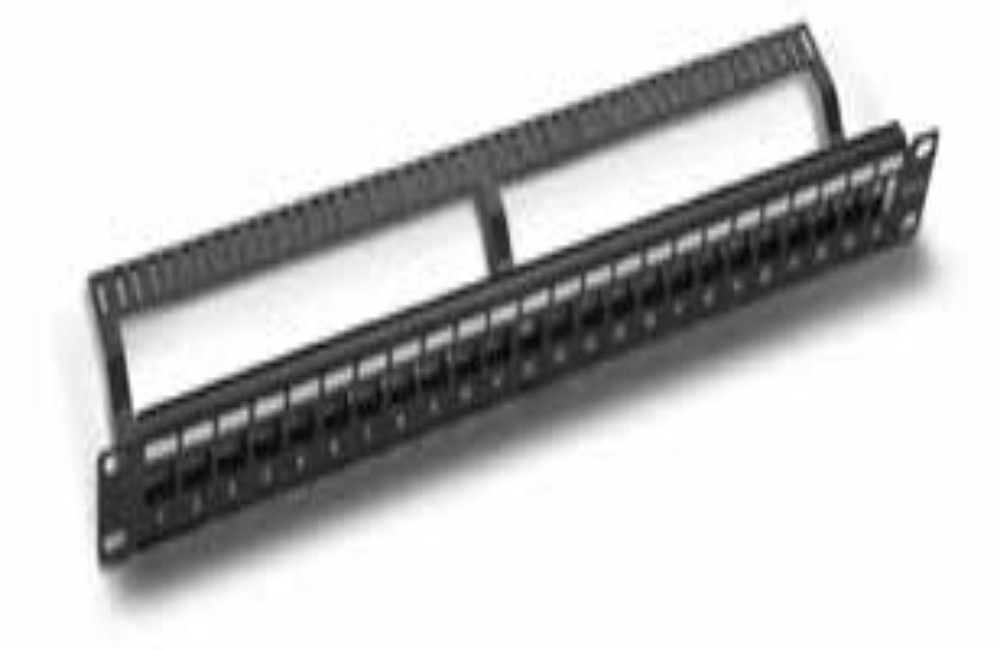
UNLOADED PATCH PANEL
Unloaded patch panels, which offer a methodical and disciplined approach to managing and terminating network connections, are essential parts of network infrastructure. Because of their versatile and flexible architecture, these panels can be used in a variety of networking settings.

CAT6 LOADED PATCH PANEL
Multiple CAT6 RJ45 connectors are included in a pre-configured panel known as a CAT6 loaded patch panel. In order to ensure a tidy and orderly setup, these panels are made to make terminating and managing CAT6 network wires easier.
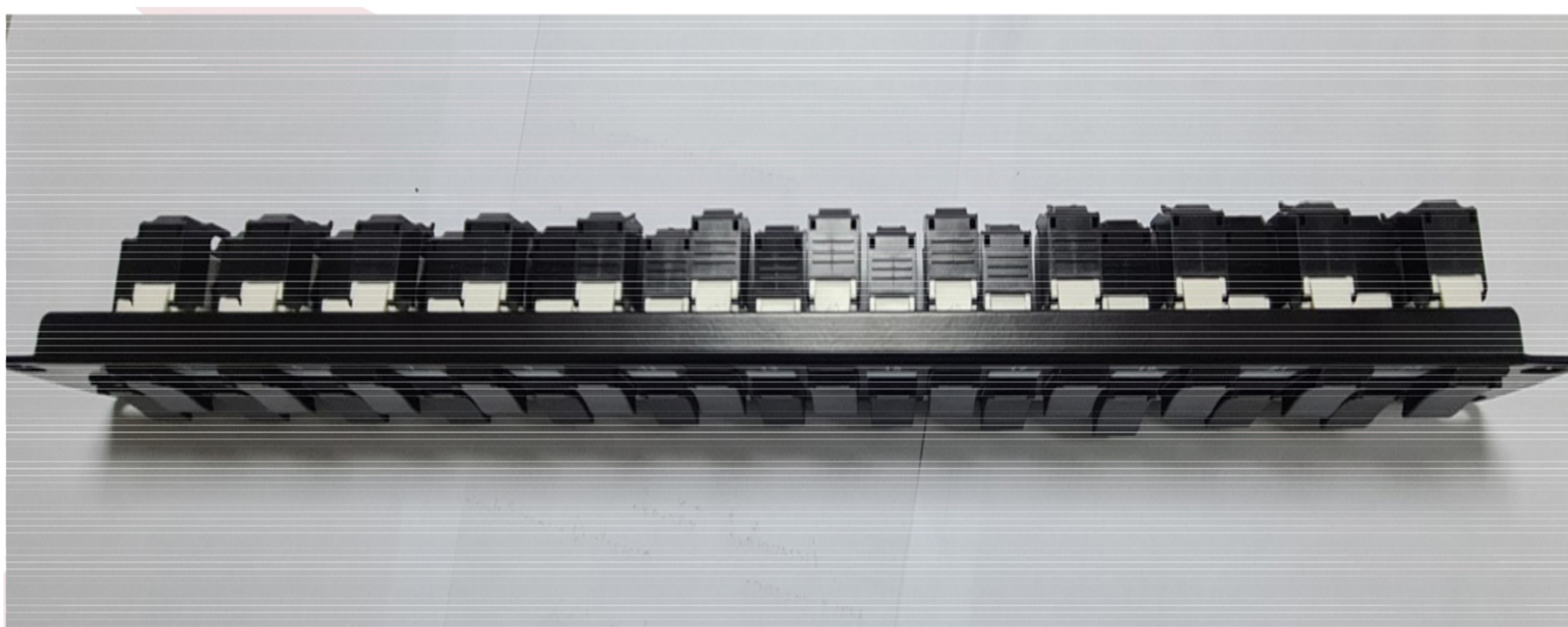
CAT6A LOADED PATCH PANEL
Modern network infrastructures require CAT6A loaded patch panels, which are crucial parts made to efficiently handle and arrange CAT6A cables. For high-speed and high-performance network applications, these panels are perfect because they are pre-loaded with CAT6A connectors.

CAT6 UTP PATCH CORD
Computers, switches, routers, patch panels, and other network equipment are all connected by CAT6 UTP patch cords. In order to lessen crosstalk and electromagnetic interference, these cables are constructed from twisted pairs of copper wires without further shielding.
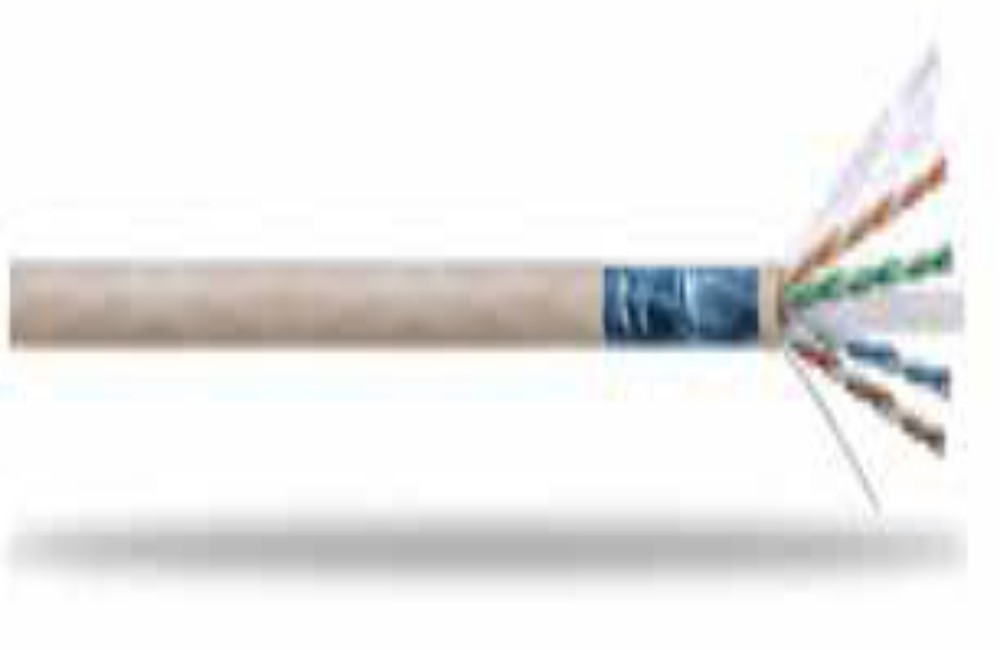
CAT6 FTP PATCH CORD
A well-organized and effective network infrastructure requires CAT6 FTP patch cords. They are a useful part of many networking settings because of their improved shielding, high data transfer rates, and adaptability.
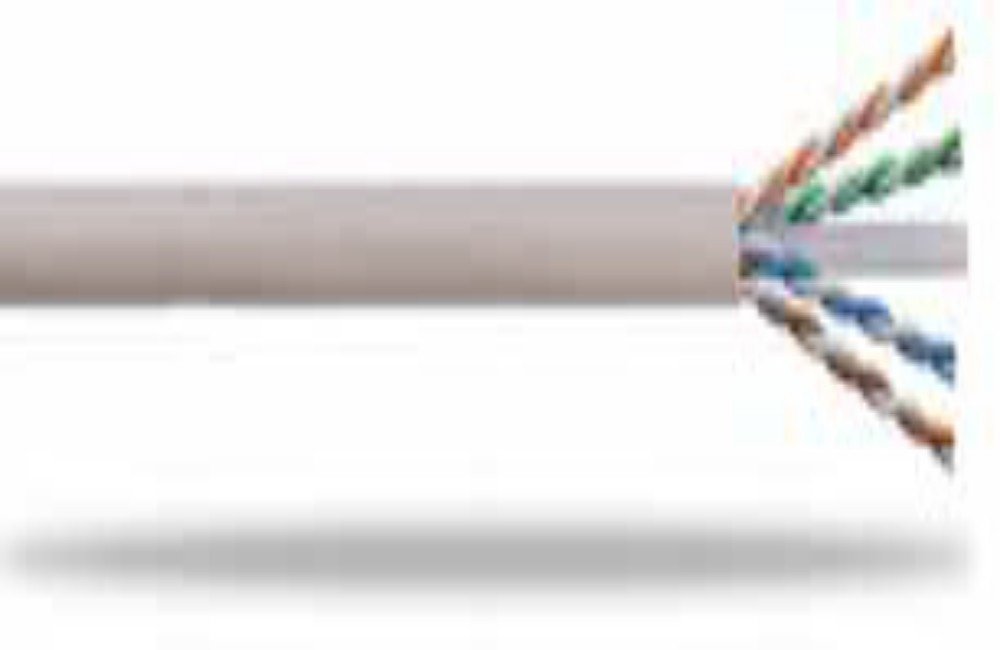
CAT6A UTP PATCH CORD
CAT6A UTP patch cords offer the dependability and performance required for contemporary applications, whether you're administering a data center, connecting devices in an office, or setting up a home network.
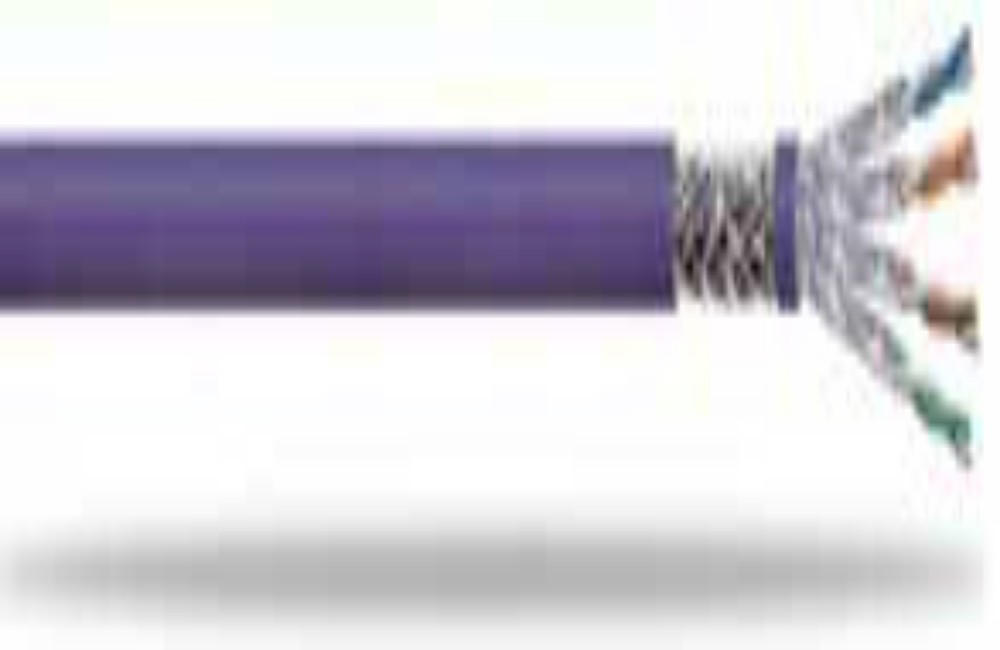
CAT6A FTP PATCH CORD
CAT6A FTP (Category 6A Foiled Twisted Pair) patch cords are essential parts of contemporary networking because they are made to minimize interference and provide dependable, fast connections.
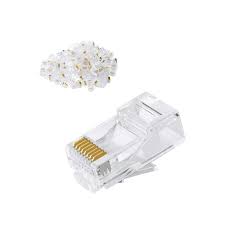
RJ45 CONENCTORS
RJ45 connectors are essential to Ethernet networking because they allow you to connect different network devices and guarantee smooth data transfer.

RJ45 BOOTS
The RJ45 connectors at the ends of Ethernet cables are covered by protective covers called RJ45 boots. Their purpose is to prolong the cable's lifespan by shielding the connectors from oxidation, dust, and snagging.